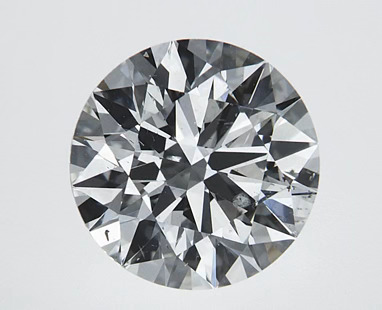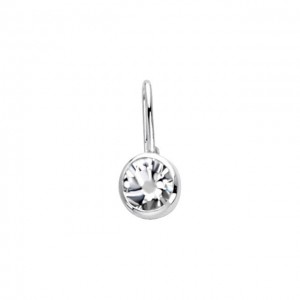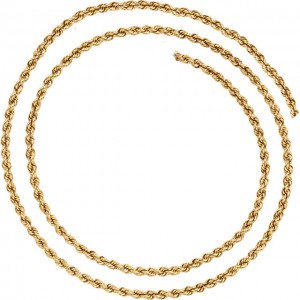The diamond cut is the most important element to consider when buying a diamond. The cut is the biggest factor in creating sparkle and fire, and without a high cut grade even a diamond of high quality can appear dull and lifeless. A diamond cut poorly and too deep can face-up smaller than it actually is. Use our buying tips, diamond cut grading scale and comparison chart, and expert tips to help you choose the best diamond cut for your budget.
Buying Tips
- Cut is the most important of the 4Cs because it has the greatest influence on a diamond’s sparkle.
- Even if a diamond has a perfect clarity and color grade, if it has a poor cut, it may appear dull.
- When diamond cuts are made with the proper proportions, light is returned out of the top of the diamond (which gemologists refer to as the table). If the cuts are too shallow, light leaks out of the bottom; too deep and it escapes out of the side.
- To maximize your budget, choose the highest diamond cut grade your budget allows. We suggest a cut grade of Very Good or better.
Diamond Color
After diamond cut, diamond color is the second most important characteristic to consider when choosing a diamond. The highest quality diamonds are colorless, while those of lower quality have noticeable color, which manifests as pale yellow in diamonds.
The Gemological Institute of America (GIA) grades diamond color on a scale of D (colorless) to Z (light yellow or brown). D-Z diamonds are also known as white diamonds, even though most diamonds, including H color diamonds and G color diamonds, have varying amounts of color.
Diamond Colors According To The Diamond Color Chart
The GIA diamond color scale is the leading industry standard of diamond color grading. Before this was the standard, other color grading scales used A, B and C, so GIA started their scale at D to avoid confusion.
There are six categories on the GIA diamond chart, with color grades that range from absolutely colorless to light in color. Diamonds rated D are the most devoid of color and very rare, whereas G color diamonds and H color diamonds are near colorless, and since they’re priced lower they are excellent value diamonds. The more you move down the color chart, the lower the color grade is, and the more noticeable the light yellow hue becomes.
Diamond Clarity
Diamond clarity is the assessment of small imperfections on the surface and internally. The surface flaws are called blemishes, and internal defects are known as inclusions. These tiny, natural blemishes and inclusions are microscopic and do not affect a diamond’s beauty in any way. Diamonds with the least and smallest inclusions receive the highest clarity grades.
Clarity is one of the 4C’s of the Diamonds grading and quality.. Diamond clarity is the least important factor when choosing to buy a diamond because most diamonds have blemishes and small inclusions that are microscopic, unable to be seen with an untrained or unaided eye.
Diamond Types According to the GIA Clarity Grading Scale
In 1953, Richard T. Liddicoat and colleagues established the Gemological Institute of America (GIA) diamond grading system and clarity scale. The GIA diamond grading scale is divided into six categories and eleven diamond clarity grades.
Diamond Carat Weight
Diamond carat is often misunderstood and refers to a diamond’s weight, not necessarily its size. When comparing diamond carat sizes, take a diamond’s cut into consideration as well: a high-carat diamond with a poor cut grade may look smaller, often cut deeper, than a diamond with smaller carat weight and a better cut. Use our buying tips, diamond carat size chart, and expert tips to help you choose the best diamond carat weight for you.
Buying Tips
-
Carat is the most misunderstood of the 4Cs. It actually refers to a diamond’s weight, not the diamond’s size.
-
Consider cut and carat together; a larger carat diamond with a poor cut grade can appear smaller than a smaller diamond with a higher cut grade.
-
To maximize your budget, “Buy Shy,” which means selecting a carat weight slightly below the whole and half carat marks. For example, instead of a 2.0-carat diamond, consider buying a 1.9-carat weight. This will save a considerable amount of money and the slight size difference will never be noticed.








